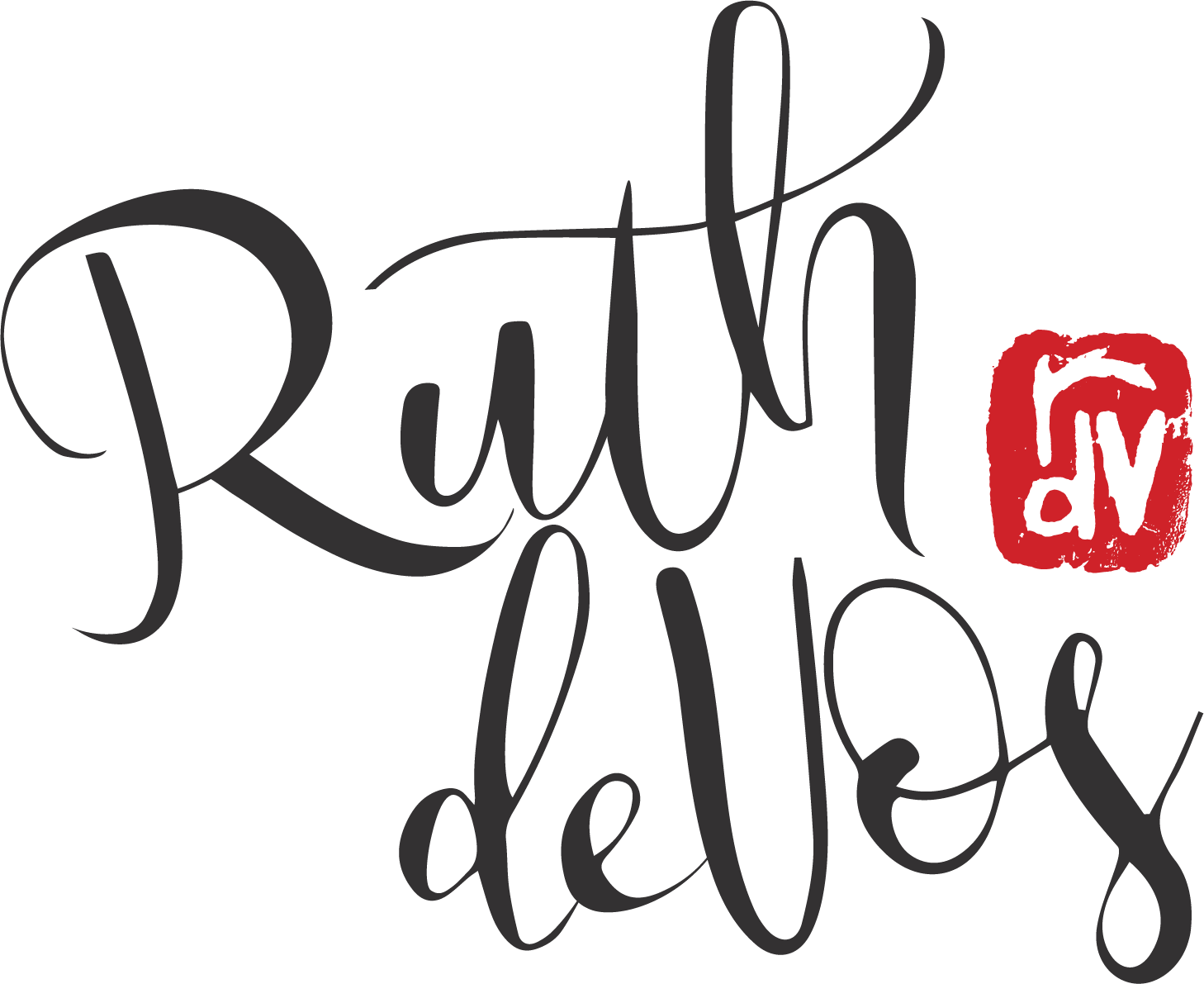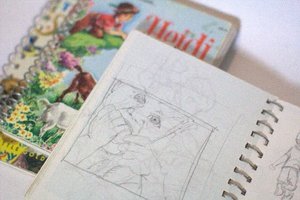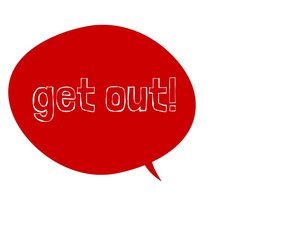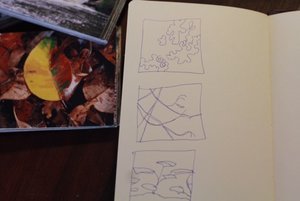How to Maintain a Flow of Creative Ideas
People often ask where my ideas and inspiration come from. It can be hard to give a short answer, so I thought I’d develop a post on the topic.
This is not just for artists. We need inspiration for so many things – making a new set of cushions for the lounge, card making, drawing colouring pages with your children, planning a garden, even decorating a cake! I’m not talking about motivation here (as in ‘I felt inspired to clean the bathroom this morning’). I’m talking about ideas, and being creatively stimulated, as per the definitions below.
inspiration
ɪnspɪˈreɪʃ(ə)n/
noun
1.
the process of being mentally stimulated to do or feel something, especially to do something creative.
“Helen had one of her flashes of inspiration”
synonyms:creativity, inventiveness, innovation, innovativeness, ingenuity, imagination, imaginativeness, originality, individuality
2.
a sudden brilliant or timely idea.
“then I had an inspiration”
synonyms:bright idea, brilliant idea, timely thought, revelation
Contrary to what definition 2 above might suggest, any one wanting inspiration can do far better than sit around waiting for a brilliant flash of light. An artist wanting to produce a regular flow of artwork does well to work at keeping a flow of ideas happening.
First I want to focus on the need to record your ideas.
Keep a sketchbook
IMHO, the most useful thing you can do towards ensuring a regular flow of ideas is to keep a sketchbook at hand. Write notes. Doodle. Sketch out quick thumbnail sketches of ideas as they pass through your mind. Spend 10 minutes here and there sketching what you see.
This way you don’t need to clutter your mind by trying to remember all the creative ideas that pass through. Also, all your ideas are in one place, and you develop those ideas in the same place. I so often get new motivation from looking back through my old sketchbooks, and remembering old ideas that I’d still like to work with, or sparking new ideas.
My sketchbook is always by my chair or on the dining table, or in my handbag. No need to every be bored while waiting at the orthodontist / for the kettle to boil / etc. It always amazes me how the ideas start flowing when I start scribbling in my sketchbook.
Something to be very clear about here, is that you don’t need to be great at drawing to keep a sketchbook. Although I often share my ‘nice’ sketchbook pages here on the blog, there are also many pages that are just scrawls. It’s about getting your ideas on paper, putting down scribbles, jottings, quick thumbnail sketches – anything that will remind you later on of what caught your attention today. The sketchbook is for your reference. No one else needs to see it. And the good thing is, with practice, your drawing will improve.( Five years ago, most of my pages were just scrawls).
Exercise: find or make yourself a sketchbook. Break it in – pristine sketchbooks can be daunting, so get scribbling on that first page right now. Or better still, give it to your toddler with a crayon.You won’t feel quite so precious about it after that!
A word on copyright
There are already so many great ideas out there – why bother with finding your own?
It’s important that we mention copyright here. We’re going to look at things like books and magazines for feeding our inspiration, so it’s important that we understand that we may not simply copy what we find there.
The Australian Copyright Council is the place to go to find out all you need to know about copyright in Australia.
There’s another good reason for finding your own ideas. You are a unique person with a unique story, experiencing life from a unique viewpoint. And we’d love you to share your side of things with us!
FEED YOUR INSPIRATION
Rather than sitting around waiting for a brilliant idea to flash through your mind, there is so much you can do to stimulate ideas. I'm going to share some of the things you can do in this series, and I'll be separating them into two categories.
Feed your Inspiration – this is more about your general 'frame of mind'
Find your Inspiration – this is more about where, specifically, your ideas can come from
This will be by no means comprehensive – there are an infinite number of ideas out there!
BOOKS
Growing up we went to the public library at least once a fortnight. Mum would take out a wide range of books, including non-fiction books featuring photos, craft, art and more. It seemed that nothing was outside her range of interest. (She still keeps her local librarians busy with a steady stream of book requests based on books she's seen in magazines or that have been referred to by other authors). I know I browsed many of these books too. I was always plotting a new project or idea based on something I'd seen in one of those books.
Surround yourself with interesting books. It's such a great way to feed your inspiration. Look at fabric samples from throughout the ages, or dress designs from different historical eras. Look at books about famous architects, interior decorators or landscape designers. Look at science books showing diagrams of photosynthesis and cell growth and the differences between various bacteria. Study books on art from different 'schools' and countries. Look at the tribals jewelry of African tribes, and Australian Aboriginal rock art. Look at children's books – choose the ones with pictures that you love, and simply enjoy the illustrations.
Make a habit of enjoying beautiful and stimulating books. You will find ideas without even looking for them. At the same time, books can be a great reference when you are looking at specific things too. I recently drew up a whole lot of very quick thumbnail sketches of landscapes based on a photo book of Australia that I've had since childhood. I used the same book to sketch some stick figures of people doing different things. Just be conscious of copyright. Using a book to stimulate ideas and for reference material is different that copying directly from the book.
Exercise: visit the library and take out three books that make want to sit down and study them a bit longer. Children's picture book, or an animal encyclopedia, or a book outlining life in Medieval times. Take them home, make a cuppa, sit down and just enjoy the images. Spend five or ten minutes noting IN YOUR SKETCHBOOK some of the things you liked about one of the books. Maybe even try some sketches (even if it's just a beautiful curly thing denoting the beginning or end of a chapter).
Here's another important thing to evaluate in your life if you want room for ideas to generate. (Ok, I'm speaking from my life experience here – some of you might disagree with me on this post). If you've followed me online for a while you might know that this is a hobby horse of mine. Yes, it's ORGANISING!
BE ORGANISED
There's a little excerpt from a 1950s sewing manual that does the rounds online every so often. It suggests that before one sits down to sew the house should be in order, and one should be well groomed. We laugh, but I'm convinced that there' same good amount of wisdom to this. When I'm on top of my housework, and can relax I get into my artwork without any niggling 'should really do that first' or 'better hurry so that I can still get the clothes on the line'.
Most importantly for me, when I'm organised, my mind is not so busy running through all the things I should be doing, meaning that there is more mental space to turn over creative ideas. That might sound vague and airy-fairy to some of you, but I know it to be absolutely true for me.
Everyday I spend time organising – keeping my calendar up to date, prioritising my to do list and making sure that all my current projects feature on it, arranging and reorganising my home so that things are easy to find, use, clean and put away. I attend to my household chores regularly so that they don't pile up. I have them all scheduled as weekly or fortnightly tasks in my favourite organising app 'Remember the Milk'. Occasional tasks get added to this app as soon as I am aware of them. I make weekly menu plans and do weekly grocery shopping so that (in theory) I am always organised for dinner.
No, the house is not always spotless, and I still get 'caught out', but being organised means that it doesn't happen as often as it might otherwise, and that when it does happen, I can handle it better.
Exercise: Make a list of five household jobs that you've been putting off. Tackle one right now, and schedule the others into your calendar or diary. Better still, read or listen to 'Getting Things Done' for a thorough strategy for organising yourself and your home.
EXERCISE
You can relax – there’s no Lycra or sweating involved in today’s post. However, just like sport, fitness, and music, regularly practice is a good thing for your creativity too.
There are so many practical exercises that you can do to stimulate ideas. A photo-a-day challenge is a great way to look at everything around you in a different way. Writing, sketching, blogging or photographing to a daily (or weekly) theme is another great way to exercise your mind and stimulate new ideas. For example, Illustration Friday is an illustration website that puts up a weekly theme. You can submit your illustration on this theme to share with others during that week. Or simply use it to challenge yourself at home. There are so many similar challenges only, especially photography related. If you’ve been visiting for a while you might recall the My Creative Space challenges I participated in some time ago. In the first month we had a list of daily words to theme our photo or blog post around. In another month, we worked through the alphabet, using a letter a day. Both of these challenges really helped me to think outside the square and see things through fresh eyes. I saw ideas where I wouldn’t normally have noticed them.
If a regular daily commitment sounds too much, set yourself a two-week period of daily drawing/photography/writing. If you have school children, make it a school holiday project and encourage them to join in. You’ll also feel great about managing a little bit of creativity in the busyness of holiday time. Or keep a jar with lots of pieces of paper, each with a different word. When you’re ready for some creative exercise, pick out a piece of paper and write/draw/photograph something inspired by that word.
In the Year of the Fairytale, Carla has set us monthly drawing / composition exercises, which have proven extremely valuable to my own flow of ideas – drawing faces with both left and right hand, drawing the same face over and over, drawing stick figure poses, drawing imaginary flowers based on marine life and more. I completed all those exercises in my sketchbooks, so that they are now part of my ‘database’ of ideas to draw from in my artwork. I may never use them directly in my artwork, but going through the exercises definitely stimulates new ideas.
Further reading:
Exercise: take a photo-a-day of something – even the very little things – for which you are thankful. Commit to doing this for a month, or even just a week. Try to think about the composition of your photo or the angle at which you take your photo to help you see these things with fresh eyes.
GET OUT
I love being at home. It's my comfort zone, and there are always so many things I'd like to do (thanks to a steady stream of ideas;) ). However, I've realised that getting out for a morning or day helps me to see everything (not just my artwork) with fresh eyes. I don't mean running errands at the local shopping centre, but more like getting out of my local neighbourhood. It reminds me of my place in the local and wider community. It reminds me of the awesome created world in which we live. It helps to give me a fresh perspective on my life, the opportunities I have, and how to prioritise them. It reminds me of what makes my own life similar or different to that of others. Getting out of my at-home creative space not only sparks many new ideas, but it can also help me to see my way clear through the many ideas I already have, in order to focus on the ones that mean the most to me.
On one recent outing I took semi-abstracted photos of some of the buildings and architectural features to serve as starting points for quilt backgrounds. They may never feature in a quilt, but they are certainly helping to maintain a flow of ideas right now.
Exercise: plan an outing – to an art gallery or museum, or a beautiful park, or a farmer's market, or harbour, or even simply coffee at a cafe with the right decor. (That's the snob in me coming out – given that coffee costs the same pretty much everywhere, I'd rather sit in a cafe with stimulating decor that one that's boring or even clinical). Fill a page in your sketchbook while you're out, or as soon as you get home – make some sketches, or write down some observations – don't forget to note sounds, smells, and memorable happenings, or things that you saw and liked.
FIND YOUR INSPIRATION IN YOUR LIFE
You are the only person living your life – your history, your relationships, your likes, fears, passions. Tell us about life in this wonderful world as you experience it.
Consider what makes up your life. I'm not thinking about the big stuff, so much as the little things. Carvings on your furniture, or the patterns on your curtains. Your favourite crockery or cutlery. The plants in your garden. Children's art. Childhood memories. Family jokes. Your local neighbourhood. Things that bother you or that make you smile.The big stuff counts too though – your passion (faith, gardening, sport, collecting, cooking, socialising).
Don't think about it all too much – just start noting it down or sketching it.
My first art quilts depicted eucalyptus leaves. They are all around me in my neighbourhood, and I love them. I have absolutely no affinity with tropical plants, so they do not feature in my artwork. As mother to five young children, kids and their artwork feature prominently in my creative endeavours. Capturing these childhood years in my artwork helps me to enjoy this stage of family life, and being in these early childhood years helps me to be true to my subject in my artworks.
Exercise: Are you like me? You love to scan the covers of the new home decorating magazines each month, even though you're not planning on redecorating anytime soon, and you don't need more encouragement to covet new furniture. Well, here's my tip. Buy the one that appeals most, and then use it for inspiration. No. I'm not joking. Draw from it – people, rooms, vases, flowers, fabric patterns, beautiful fonts. Then cut it up. Turn it upside down (Diane Culhane's tip), and find colours, patterns or textures that appeal. Cut snippets, stick them in your sketchbook and paint or draw on and around them. This exercise is guaranteed to help you see all the inspiration in your own home environment with fresh eyes
NATURE
So this is my favourite source of inspiration!
We are all surrounded by nature to some extent or another. If not, you should do something to make sure that you are! Even if just with a pot plant! God has created an awesome world. I challenge anyone to go outside, get nice and close to whatever plants happen to feature in your garden or neighbourhood, and not be inspired by what you see there. The colours, shapes, line, and texture of the leaves, stems, seeds and flowers. ‘Zooming in’ close enough to nature makes it become almost abstract. That’s one way to draw inspiration from nature.
Even if it is not your intention to portray nature in your work, there are so many shapes, patterns, colours and textures from which to draw inspiration, in creation.
Exercise: A fun way to gather inspiration from nature is to take a walk through your garden/local neighbourhood/the bush with a camera. Take at least 50 photos of leaves, branches, flowers and nuts. Try to zoom in nice and close for some of them if you can. When you get home make 10 quick sketches from these photos. I like to ‘frame in’ my little sketches with a square or rectangular border.























